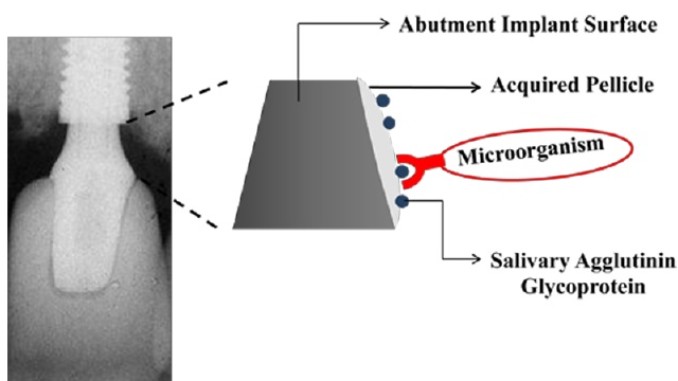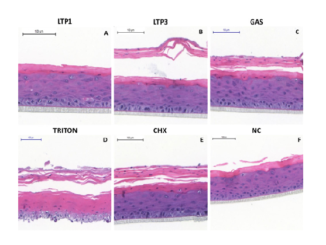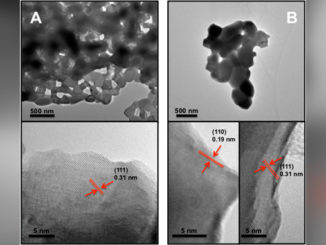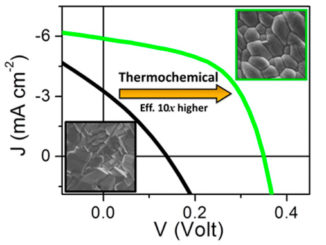
Writers: Erica Dorigatti de Avila, Rafael Scaf de Molon, Carlos Eduardo Vergani, Francisco de Assis Mollo Jr, Vehid Salih
Keywords: biofilm; dental implants; titanium; zirconia
Abstract: The aim of this review was to investigate the relationship between biofilm and peri-implant disease, with an emphasis on the types of implant abutment surfaces. Individuals with periodontal disease typically have a large amount of pathogenic microorganisms in the periodontal pocket. If the individuals lose their teeth, these microorganisms remain viable inside the mouth and can directly influence peri-implant microbiota. Metal implants offer a suitable solution, but similarly, these remaining bacteria can adhere on abutment implant surfaces, induce peri-implantitis causing potential destruction of the alveolar bone near to the implant threads and cause the subsequent loss of the implant. Studies have demonstrated differences in biofilm formation on dental materials and these variations can be associated with both physical and chemical characteristics of the surfaces. In the case of partially edentulous patients affected by periodontal disease, the ideal type of implant abutments utilized should be one that adheres the least or negligible amounts of periodontopathogenic bacteria. Therefore, it is of clinically relevance to know how the bacteria behave on different types of surfaces in order to develop new materials and/or new types of treatment surfaces, which will reduce or inhibit adhesion of pathogenic microorganisms, and, thus, restrict the use of the abutments with indication propensity for bacterial adhesion.




